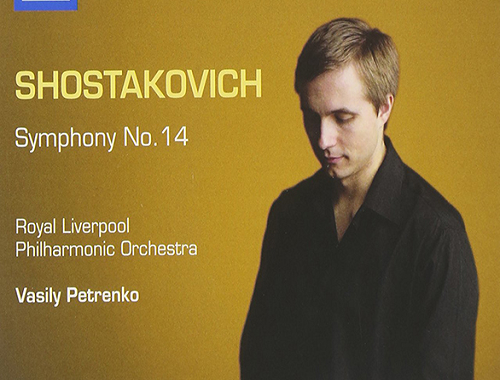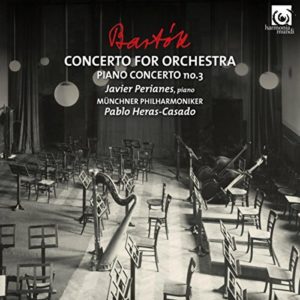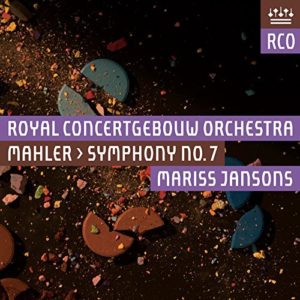GRAMOPHONE: From Where I Sit – March 2018
 Late last year I attended the UK Premiere of Anders Hillborg’s Violin Concerto No 2 performed by its spellbinding dedicatee – the extraordinary Lisa Batiashvili- and the BBC Symphony Orchestra under its Chief Conductor Sakari Oramo. I was both gripped and seduced by a piece in which narrative and emotional imperative took precedent over colour and texture – or rather dictated the vertical, the textural, aspects of the piece. One was drawn in by a strong sense of the linear, the extent to which the protagonist – the solo violin – took us on a journey, sometimes breathless and anxious and hyperactive, sometimes meditative, but always with direction and purpose. Not for nothing did the solo part begin with an echo of Bach’s Sarabande in D major. A recognisable blast from the past, a helpful pointer to the future, a tonal anchor.
Late last year I attended the UK Premiere of Anders Hillborg’s Violin Concerto No 2 performed by its spellbinding dedicatee – the extraordinary Lisa Batiashvili- and the BBC Symphony Orchestra under its Chief Conductor Sakari Oramo. I was both gripped and seduced by a piece in which narrative and emotional imperative took precedent over colour and texture – or rather dictated the vertical, the textural, aspects of the piece. One was drawn in by a strong sense of the linear, the extent to which the protagonist – the solo violin – took us on a journey, sometimes breathless and anxious and hyperactive, sometimes meditative, but always with direction and purpose. Not for nothing did the solo part begin with an echo of Bach’s Sarabande in D major. A recognisable blast from the past, a helpful pointer to the future, a tonal anchor.
Having heard and enjoyed the piece – and I was much impressed by it – I read in the programme that Hillborg is now the most widely performed of all contemporary composers. A startling but not entirely surprising fact given how quickly the word on him has spread and how distinguished performers are lining up to commission him – among them Yo-Yo Ma and Renee Fleming who commissioned and performed the gorgeous The Strand Settings in 2016. The Second Violin Concerto commission involved four orchestras, guaranteeing at least four and probably more performances. So what it is about Hillborg that has so quickly and dramatically built his following? Can it be something as simple as “accessibility” – a nasty word in some more radical quarters – or his ability to embrace the horizontal in music and spin long melodic “lines” when for so long the trend has moved further and further towards the vertical? It’s hard to say. But storytelling and a clear sense where we the listeners are in the narrative play a part.
Detractors might say that the likes of Hillborg are reactionary, a throwback to the music of the past; a safe, soft option from those striving to push the envelope. Such criticisms have certainly been directed at Jake Heggie – another success story – whose operas I have been reviewing in these pages and whose clear acknowledgment of his American music theatre heritage and open-hearted lyric writing is winning new audiences everywhere.
Heggie may well be the most performed contemporary opera composer of the present time and the late arrival of his international success – Dead Man Walking – will sell out at the Barbican, not least for the presence of Joyce DiDonato whose enthusiastic advocacy of Heggie has more than a little to do with the grateful way he writes for the voice.
So why do the contemporary music snobs brand him as regressive or worse still lightweight? Leonard Bernstein had the self same problem (as I reflected in the December issue) but after much soul-searching realised that the answer lay in simply being himself.
Bottom line: there’s room for all approaches, all styles, all brands of newness. Some may indeed prefer to draw upon the past, maybe even relive it. But don’t knock them for doing so.
You May Also Like
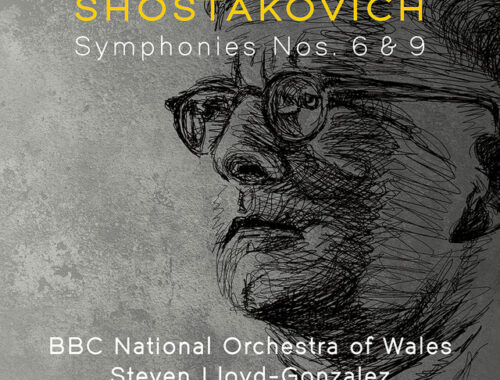
GRAMOPHONE Review: Shostakovich Symphonies Nos. 6 & 9 – BBC National Orchestra of Wales/Lloyd-Gonzales
31/10/2022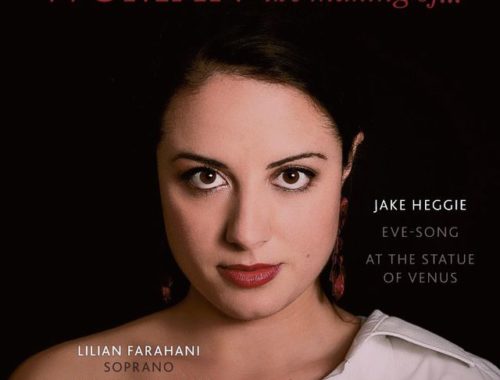
GRAMOPHONE Review: Heggie ‘Woman: the making of…’ – Lillian Farahani/Maurice Lammerts van Bueren
08/11/2019